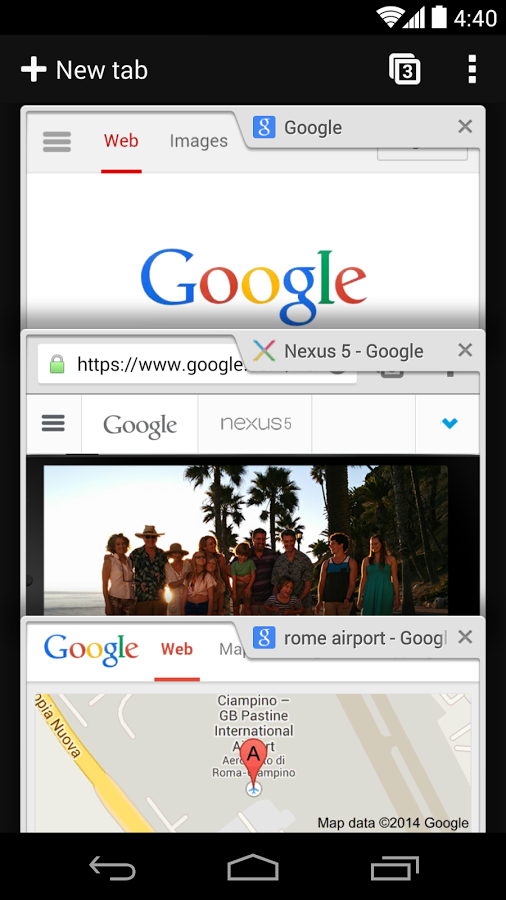


In a nutshell, here's how the Decoding Info API works for now. This API is available in all types of workers in Chrome 76. It would expose information such as whether the playback should be smooth and power efficient based on previous playback statistics recorded by the browser. This is exactly one of the things the proposed Media Capabilities wants to solve: an API to query the browser about the decoding abilities of the device based on information such as the codecs, profile, resolution, bitrates, etc. The real question though should be: "how well it would perform on this device?"

Today, web developers rely on isTypeSupported() or canPlayType() to vaguely know if some media can be decoded or not. 5 stars in my view - chromebook best VIDEO PLAYER thank you developers for making it & offering it in CHROME WEBSTORE for free, so far I could not find any issue with this APP, APP is providing all futures APP is advertising to have, such as - select internal H/D or/and external H/D like USB to play from - playlist add videos folder/s - playlist select / deselect inserted. Audio is not muted anymore for extreme playbackRate.Chrome now pauses all background video-only media.An error is now thrown when media playback rate is unsupported.The default preload value for and elements is now "metadata".Offline playback with persistent licenses are now supported on Windows and Mac.Chrome now supports HDR video playback on Windows 10.Web developers can now predict whether playback will be smooth and power efficient. Does the browser have permission to access your camera and microphone Select the audio/video icon in the URL bar to check the default.


 0 kommentar(er)
0 kommentar(er)
